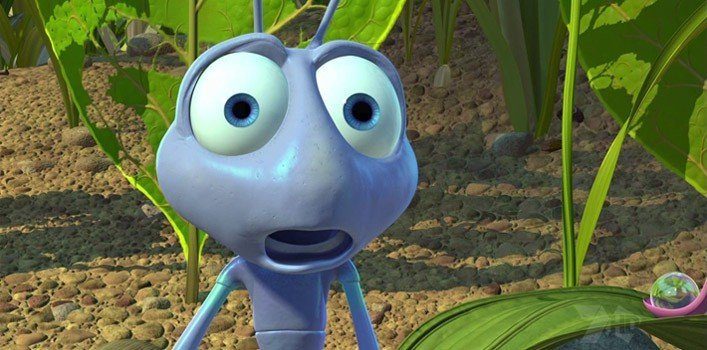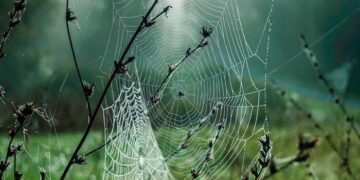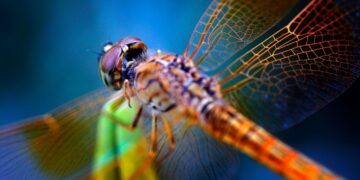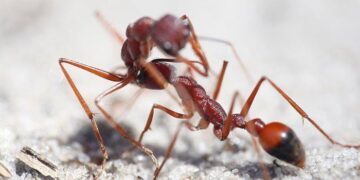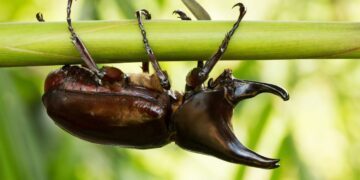Ants may be tiny creatures, but they have a lot more to them than meets the eye.
What they lack in size, they make up for in intelligence, cleverness, and other surprising qualities.
Some aren’t even that tiny!
So, let’s look at these twenty interesting facts about ants!
It has been estimated that there are approximately ten trillion ants living on Earth at any given time.
The largest ant ever discovered measured was the Titanomyrma Giganteum. It was 2.4 inches with a wingspan of 6 inches.
Some species of ant have no need for males. The species Mycocepurus Smithii is completely made up of females. Their queens are able to reproduce clones and do not need to reproduce normally.
Ants have been around since the age of dinosaurs. The ant species first evolved approximately 130 million years ago during the Cretaceous Period.
Ants are pretty tough. They have survived one mass extinction event already. About 65 million years ago, when the Cretaceous-Paleogene extinction event happened, the collision between the earth and a large heavenly body ended the age of the dinosaurs but spread ant specimen across the globe. This event, in a way, only made the ants stronger.
Army ants do not have permanent homes and farms like other ants; instead, they gather food during periods of migration.
Some worker ants are given the job of cleaning trash or unwanted items from the nest and taking them outside to designated trash piles – Ants are so clean!
The biomass of all the ants around the world is equivalent to the biomass of all human beings around the world.
The human brain consists of 10,000 million brain cells, and an ant brain has 250,00 brain cells. 40,000 ant brains altogether could make up for one human brain.
Ants can form super-colonies that can stretch for miles. Ant colonies have their own chemical profiles that help ants determine if an ant is part of the colony or a stranger. An example of a super-colony, where ants sharing the same chemical profile covers a wide area, would be the Argentine ants. These ants inhabit every continent in the world except Antarctica.
Don’t let worker ants fool you into thinking that all ants are hard-working individuals. Turns out fire ants are very prone to dozing off. Worker fire-ants have about 253-minute-long sleep episodes a day. Fire ant queens sleep 92 times a day and 6 minutes each time. A little over 9 hours of nap time for the queen, almost 5 hours for her subjects.
Soldier ants protect their nests by plugging the entrances with their heads.
Some ants can support 50 to 100 times their own weight. Even while hanging upside-down on the underside of glass.
Ants began farming 50 million years before human beings. About 70 million years ago, the earlier ants began farming fungus. They even secreted antibiotic chemicals onto their fungus crop and fertilized it with manure.
Ants have the longest lifespan of any insect – 30 years!
Male ants normally only live to mate with the queen ant, and afterwards they die.
Ants can have their own slaves! Sometimes a queen ant will kill the queen of another colony similar to her species and use its workers to bring in her eggs. Other times an ant colony will steal eggs from other nests and raise those ants to be workers for the colony.
Termites and ants are often confused. The difference between the two is that Ants are thin in the middle, and Termites are not.
Some species of ant are venomous and the most venomous ant known is the Harvester ant. It’s even the most venomous of all insects.
There is a fungus called Ophiocordyceps that infects an ant until the infection reaches the ant’s brain. When the infection is in the brain, the fungus takes control of the ant’s mind. The fungus will make the ant go to a leaf and clamp its mandibles into it while the fungus develops. Eventually, spores eject from the ants’ exoskeleton, infecting more ants.
